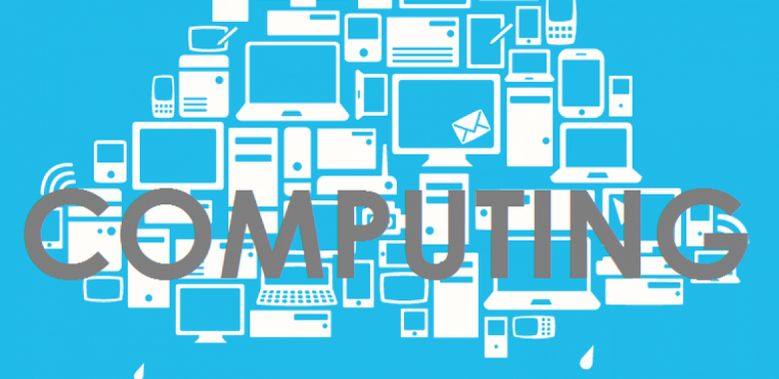Computing Curriculum
‘Alan Turing gave us a mathematical model of digital computing that has completely withstood the test of time. He gave us a very, very clear description that was truly prophetic.’ George Dyson

Our Computing Curriculum:
Intent
At South View Community Primary School, we aim to deliver a computing curriculum that is ambitious, inclusive, and aligned with the NCCE Teach Computing Curriculum. Our vision is to equip every child with the knowledge, skills, and confidence to thrive as creators, critical thinkers, and responsible digital citizens in an ever-changing technological world.
Through our computing curriculum, we aim to:
-
Inspire curiosity and creativity by providing real-world problem-solving opportunities through programming, media creation, and data handling.
-
Foster computational and creative thinking to enable children to analyse, design, and evaluate digital solutions.
-
Promote digital literacy so pupils can use technology confidently, safely, and effectively in both school and the wider world.
-
Ensure inclusivity, giving all children regular access to digital tools and experiences that develop transferable skills for life and work.
-
Emphasise responsible use of technology, with explicit, age-appropriate online safety teaching integrated into every year group.
-
Support personal development by helping pupils understand digital bias, ethical computing, online reputation, and digital wellbeing.
We aspire to develop the next generation of coders, creators, designers, and informed technology users who are prepared for their secondary education and future careers.
Implementation
Our computing curriculum is structured around the Teach Computing Curriculum, developed by the National Centre for Computing Education and grounded in research-based pedagogy. The curriculum covers the three strands of the National Curriculum:
-
Computer Science – understanding algorithms, programming, and how digital systems work.
-
Information Technology – creating, storing, and manipulating digital content.
-
Digital Literacy – using technology safely, respectfully, and responsibly.
These strands are delivered through five key thematic units, revisited and built upon each year through a spiral curriculum:
-
Computing Systems and Networks
-
Programming
-
Creating Media
-
Data and Information (Handling)
-
Online Safety and Digital Citizenship
Key features of our implementation include:
-
A consistent progression of knowledge, vocabulary, and skills from EYFS to Year 6.
-
Carefully sequenced lessons with clear objectives, scaffolding, and assessment points.
-
A balance of plugged and unplugged activities to support conceptual understanding.
-
Opportunities for independent, paired, and group work, reflecting the collaborative nature of the computing discipline.
-
Dedicated "Skills Showcase" units that enable pupils to apply computing skills in cross-curricular, creative contexts.
-
Regular CPD for staff and robust support from the Computing Subject Leader to ensure high-quality teaching and confidence in delivery.
Online safety is embedded across the curriculum and supplemented with discrete lessons and responsive interventions based on need. Parents are regularly updated with relevant guidance on apps, websites, and digital behaviours.
Impact
By the time pupils leave South View, they will have developed a secure foundation in computing that prepares them for secondary education and for participation in the digital world.
Our pupils will:
-
Be confident, curious, and creative thinkers, able to solve problems and evaluate digital tools critically.
-
Understand how technology impacts their lives, both positively and negatively, and how to use it responsibly.
-
Make informed choices about their online activity and behaviour, understanding concepts such as digital footprint, cyberbullying, misinformation, and bias.
-
Show progression across all three computing strands, supported by a clear sequence of learning and vocabulary development.
-
Demonstrate resilience and independence when encountering new software or systems, approaching unfamiliar technology with a sense of exploration.
-
Apply computational thinking concepts such as abstraction, decomposition, pattern recognition, and algorithms to real-life contexts.
-
Work effectively in teams, collaborating on digital projects and respecting others' contributions and ideas.
-
Understand their role as digital citizens, capable of contributing positively in a connected and technologically advanced society.
Ultimately, our curriculum ensures that children leave primary school not just as users of technology, but as critical, creative, and responsible contributors to a digital future.
